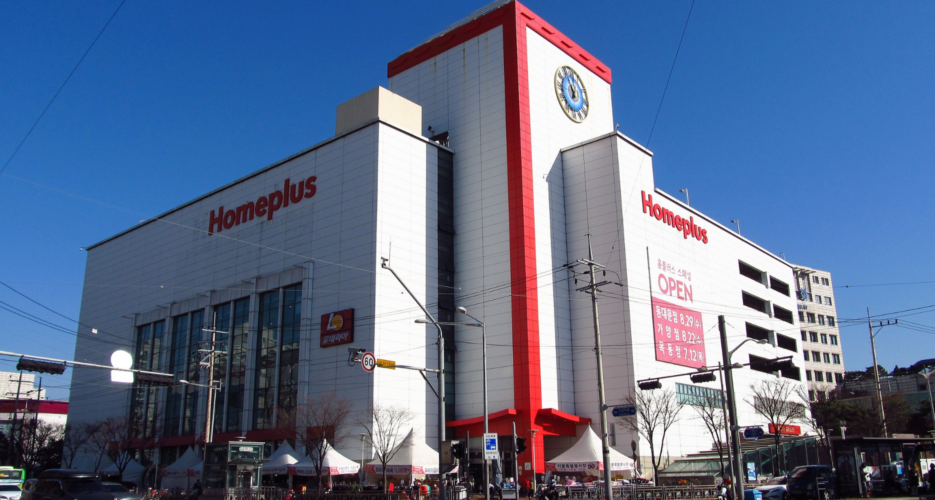Slow digital adoption and rising competition from e-commerce platforms have left legacy retailers struggling to compete
South Korea’s traditional retail giants are rapidly losing ground to e-commerce competitors, a shift exemplified by Homeplus filing for court receivership on Tuesday. While the country’s retail industry has long been dominated by brick-and-mortar giants like E-Mart, Lotte Mart and Homeplus, their inability to aggressively adapt to digital commerce has left them vulnerable.
Homeplus, South Korea’s second-largest hypermarket chain, is now the latest casualty of an accelerating transformation in consumer behavior, rising logistics costs and fierce competition from domestic and Chinese e-commerce players.
South Korea’s traditional retail giants are rapidly losing ground to e-commerce competitors, a shift exemplified by Homeplus filing for court receivership on Tuesday. While the country’s retail industry has long been dominated by brick-and-mortar giants like E-Mart, Lotte Mart and Homeplus, their inability to aggressively adapt to digital commerce has left them vulnerable.
Homeplus, South Korea’s second-largest hypermarket chain, is now the latest casualty of an accelerating transformation in consumer behavior, rising logistics costs and fierce competition from domestic and Chinese e-commerce players.
Get your
KoreaPro
subscription today!
Unlock article access by becoming a KOREA PRO member today!
Unlock your access
to all our features.
Standard Annual plan includes:
-
Receive full archive access, full suite of newsletter products
-
Month in Review via email and the KOREA PRO website
-
Exclusive invites and priority access to member events
-
One year of access to NK News and NK News podcast
There are three plans available:
Lite, Standard and
Premium.
Explore which would be
the best one for you.
Explore membership options
© Korea Risk Group. All rights reserved.
No part of this content may be reproduced, distributed, or used for
commercial purposes without prior written permission from Korea Risk
Group.












